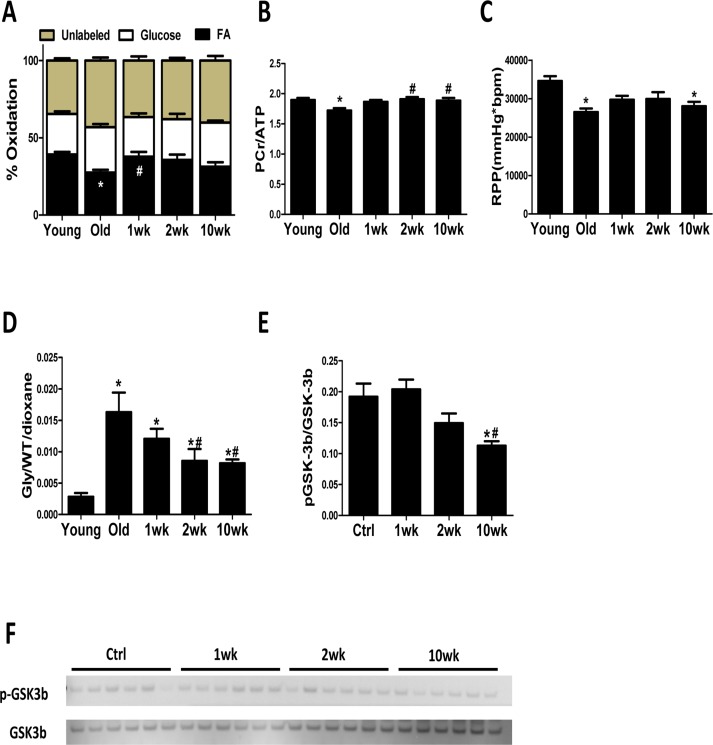Figure 4. Cardiac energy metabolism is rejuvenated after rapamycin treatment.
(A) Contribution of FAO to energy metabolism was reduced in old control hearts, but not old hearts treated with rapamycin, compared to young hearts. (B) 31P NMR spectroscopy showed reduced PCr/ATP ratio in old compared to young control heart which was reversed by 2-week and 10-week of treatment. (C) Old hearts showed reduced cardiac function, represented by lowered rate pressure product (RPP), when compared to young controls. (D) Old hearts displayed a large increase in the incorporation of 13C glucose into glycogen during perfusion that was attenuated in rapamycin treated hearts. * p <0.05 vs. Young; # p <0.05 vs. Old. (E-F) Rapamycin treatment reduced GSK-3β phosphorylation. n≥6/group. * p <0.05 vs. old Ctrl; # p <0.05 vs. 1wk. Data are represented as mean ± SEM.

